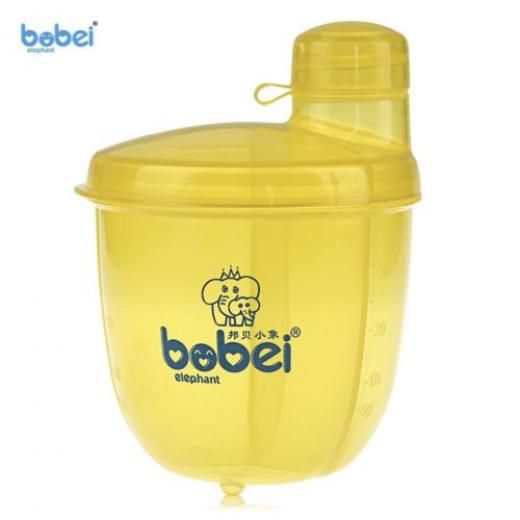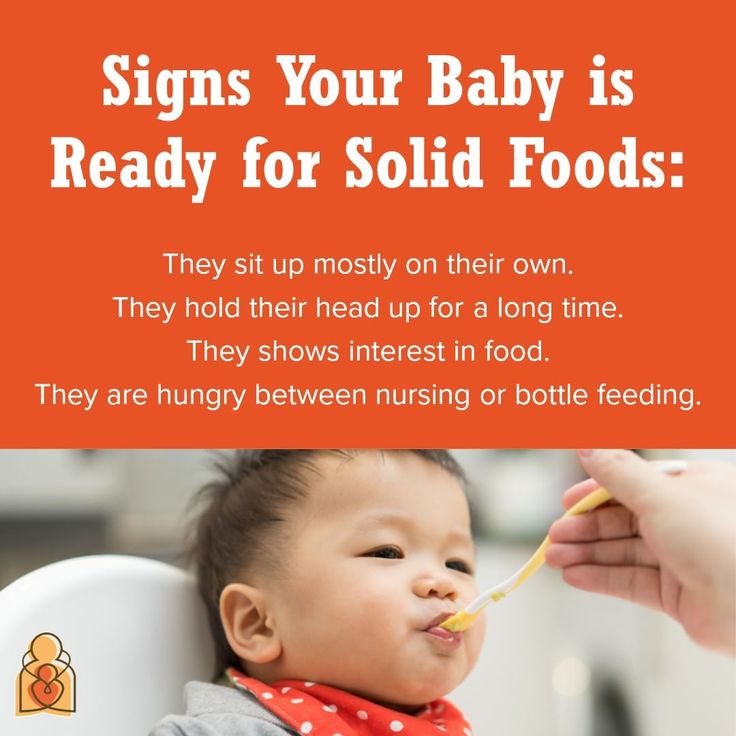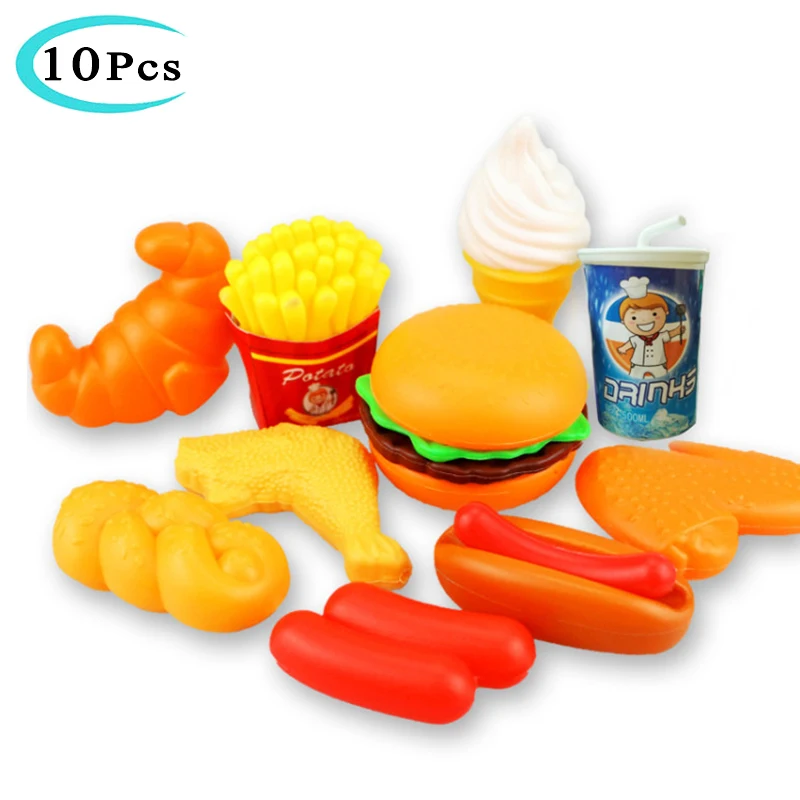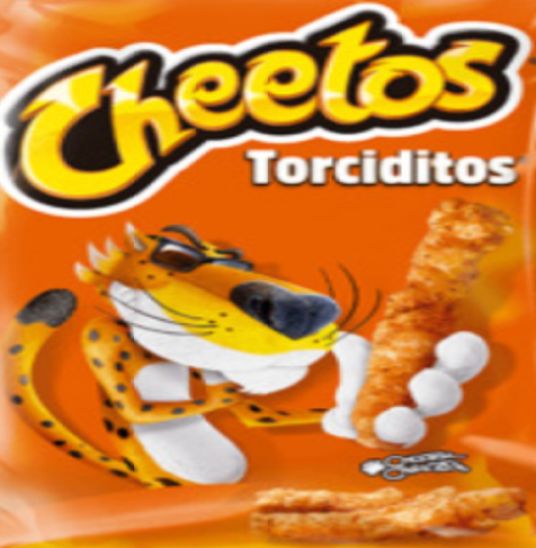Baby food storage bpa free
11 Best Baby Food Storage Containers
Table of Contents
Introducing solid foods to your baby is a big milestone, and an exciting time for you both! A whole new world of flavorful experiences awaits your little one, and the options are limitless. If you are considering making your own baby food, you might be overwhelmed with baby brain-boosting foods and recipes, food preparation methods, and tools. As a busy parent, the last thing you need on your plate is to spend countless hours researching the best baby food storage containers.
So we’ve done the research for you, and dished up this list of the 11 best baby food storage containers. No matter what you have a taste for, we’ve got something for everyone here.
Food Storage Containers for Your Baby
-
1. WeeSprout Glass Baby Food Storage Containers
(Best quality — $$$)
Why it’s great: This baby food jar set is perfect for when you want to make a whole batch of baby food at once to freeze and store for later.
This comes in a set of twelve 4-ounce glass jars with plastic lids in different, pastel colors. The lids have no gaskets, so they are a breeze to clean. They screw on, are leak proof, and the set also includes a dry erase marker to use for labeling them. These high-quality jars are food-safe glass, 100% nontoxic, freezer safe, microwave safe, and dishwasher safe, making them super convenient – and safe – to use. The jars have measurement markings up to 2 ounces but will hold 4 ounces when filled to the top.
What sets these apart from the rest are the people behind them: this is a small, family-owned business with superior customer service, 5-star reviews, and a genuine desire to see their customers satisfied. If you have any issues with your jars, they will address them and replace them as needed.
Keep in mind: Due to the design of the lid, they don’t stack particularly well, and the empty jars don’t nest within one another for ease of storage.
Good for: When you want to make large batches of baby food at once, and prefer glass to plastic, this set of a dozen jars is your best bet!
View on Amazon.
 com ➜
com ➜ -
2. Kiddo Feedo Silicone Baby Food Storage Container & Freezer Tray with Lid
(Most convenient — $)
Why it’s great: This silicone freezing tray is a steal when you consider how easy it is to use and how much use you can actually get out of it. Divided into nine 2.5-ounce pods, this tray is super simple to fill with food, snap the locking lid on, and slide into the freezer. When the food is frozen, you can pop the lid off, pop the food pods out of the flexible tray to store in ziplock bags, and use the tray again for the next batch! Or, you can just pop out one pod of food at a time, on an as-needed basis. Super simple!
These trays come in 7 fun colors. They are made with premium quality, food-grade silicone that is naturally bacteria and stain resistant, and also free of all the bad stuff you want to keep away from your baby.
 These nonstick, space-saving pods have 1-ounce and 2-ounce markings and are stackable in the freezer. As an added bonus, you won’t have a ton of tiny jars and lids to wash and keep track of. The company has also partnered with an award-winning author and dietician to provide buyers with a 47-page e-book filled with baby food recipes and tips.
These nonstick, space-saving pods have 1-ounce and 2-ounce markings and are stackable in the freezer. As an added bonus, you won’t have a ton of tiny jars and lids to wash and keep track of. The company has also partnered with an award-winning author and dietician to provide buyers with a 47-page e-book filled with baby food recipes and tips.Keep in mind: While it says dishwasher safe, these trays are best hand-washed, as some folks say theirs were ruined in the dishwasher. Also, heads up, they may have that “new silicone” smell upon arrival. Just soak it in dish soap and/or vinegar before using, and that should do the trick.
Good for: When you want to keep it simple!
View on Amazon.com ➜
-
3. Youngever Baby Food Storage Containers with Lids
(Best value — $$)
Why it’s great: This baby food storage set comes with eighteen 4-ounce plastic containers, the most for your money.
 At a little over $1 a container, the price can’t be beaten. These are great if you plan to make your baby food ahead of time. Especially if you want to color-code them, as they come with colorful lids! This is an ideal set for parents that prefer plastic over glass and want a lot of containers.
At a little over $1 a container, the price can’t be beaten. These are great if you plan to make your baby food ahead of time. Especially if you want to color-code them, as they come with colorful lids! This is an ideal set for parents that prefer plastic over glass and want a lot of containers.These containers are made with lead-free, BPA-free, food safe plastic and come with leak-proof, screw-on plastic lids in bright multi-colors. These containers have measurements on them and come with 36 stickers for easy labeling. They are microwave, freezer, and dishwasher safe, and super easy to clean.
Keep in mind: While the containers hold 4 ounces when filled to the brim, the measurement markings only go up to 3 ounces. You won’t be able to fill to the top if you plan on freezing them, as the food will expand on freezing.
Good for: Those who prefer plastic to glass and budget shoppers
View on Amazon.com ➜
-
4. Babymoov Leak Proof Storage Bowls
(Most options — $$$)
Why it’s great: With Babymoov you can choose between BPA free plastic containers or eco-friendly glass. The plastic containers come in different size packs, from 4 all the way up to a set of 24. You can also choose from 6 oz or 8.5 oz bowls. They come in stackable bowls, for easy storage, and different colored lids. They’re leak proof and air tight for the perfect seal. Plus, they’re microwave, freezer, and dishwasher safe! They also have measurement markings, so you can easily tell how much you have stored in each bowl. You can use dry erase pens or markers to label the lids and it’ll easily wash off for the next use.
These bowls are BPA free and phthalate free and are highly durable. They seal securely, but are still easy to get open, so they can be used in your child’s lunch box when they get older too!
Keep in mind: The measurement markings are clear, so they can be a little hard to read.

Good for: Parents that want to have matching containers with different size options.
View on Amazon.com ➜
-
5. Sage Spoonfuls Big Batch Baby Food Storage Containers – 12-Pack of 4-Ounce Jars
(Easiest to use — $$)
Why it’s great: These containers come in a set of twelve 4-oz jars. They are made of high quality and durable plastic that is BPA, phthalate, lead, and PVC free, so they are exceptionally safe for your baby’s food. They have measurement markings going up to 3-oz and can hold up to 4-oz total. The lids are easy to screw on and take off, leak proof, and airtight for maximum security.
These jars also microwave, freezer, and dishwasher safe, which means they can be used for just about anything. As an added bonus, they’re made in the USA, so you can support local business when you purchase these.
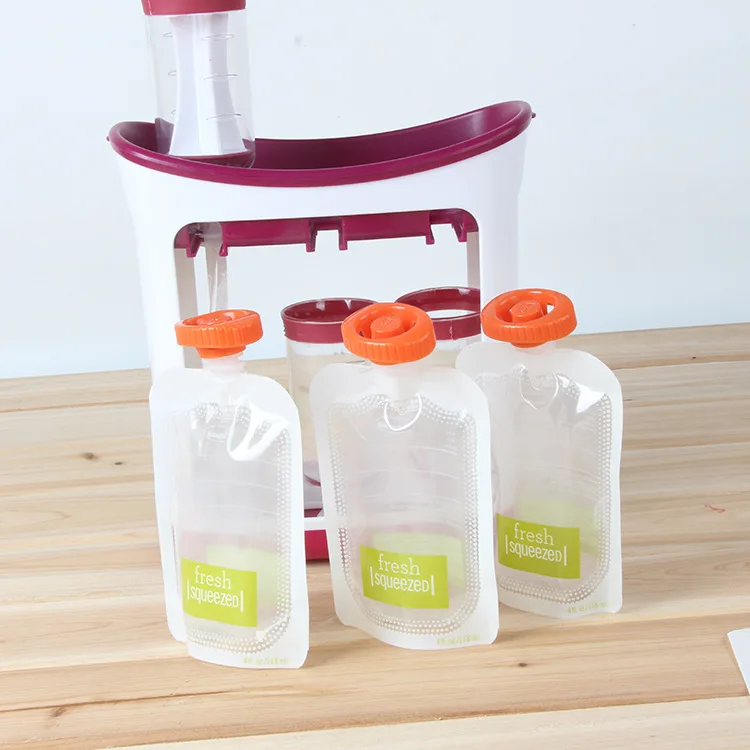
Keep in mind: While the jars are very durable, if you drop one while frozen, the lid may crack or break.
Good for: Parents that want easy to use and clean storage containers.
View on Amazon.com ➜
On An Important Side Note… Asher and I (pictured) feel it’s necessary to highlight the value of life insurance for parents with young kids. After extensive research, we discovered that parents can get insured for as little as $10 per month. We use Ladder Life who offers coverage up to $3M per parent (without a medical exam, just a few health questions) and you can apply 100% online.
Get a quote in less than 30 seconds at LadderLife.com ➜
-
6. 50 Pack BPA-Free Disposable Baby Food Freezer Storage Containers
(Best disposable containers — $$)
Why it’s great: These containers come in a set of fifty 3-oz cups with hinged lids.
 The attached lids means you’ll never have to search or keep track of separate parts. They’re also leak proof and the lids just snap right on. Plus, these are disposable, but can also be washed and reused. In fact, they’re dishwasher safe! They’re also freezer safe, so you can make ahead and store your baby’s food. You’ll also get a set of labels that you can write on and stick on the lids.
The attached lids means you’ll never have to search or keep track of separate parts. They’re also leak proof and the lids just snap right on. Plus, these are disposable, but can also be washed and reused. In fact, they’re dishwasher safe! They’re also freezer safe, so you can make ahead and store your baby’s food. You’ll also get a set of labels that you can write on and stick on the lids.These cups are BPA free and safe to use for your baby’s food. If you do decide to dispose of them after each use, they’re also recyclable.
Keep in mind: These only hold 3 ounces, which is smaller than most of the other options.
Good for: Parents that want containers that they can reuse or dispose of as needed.
View on Amazon.com ➜
-
7. OXO Tot Glass Baby Blocks Food Storage Containers
(Best design — $$)
Why it’s great: These glass ‘baby blocks’ have a unique design: they are shaped as blocks and fit neatly into a little plastic tray that holds all 4 of them quite conveniently.
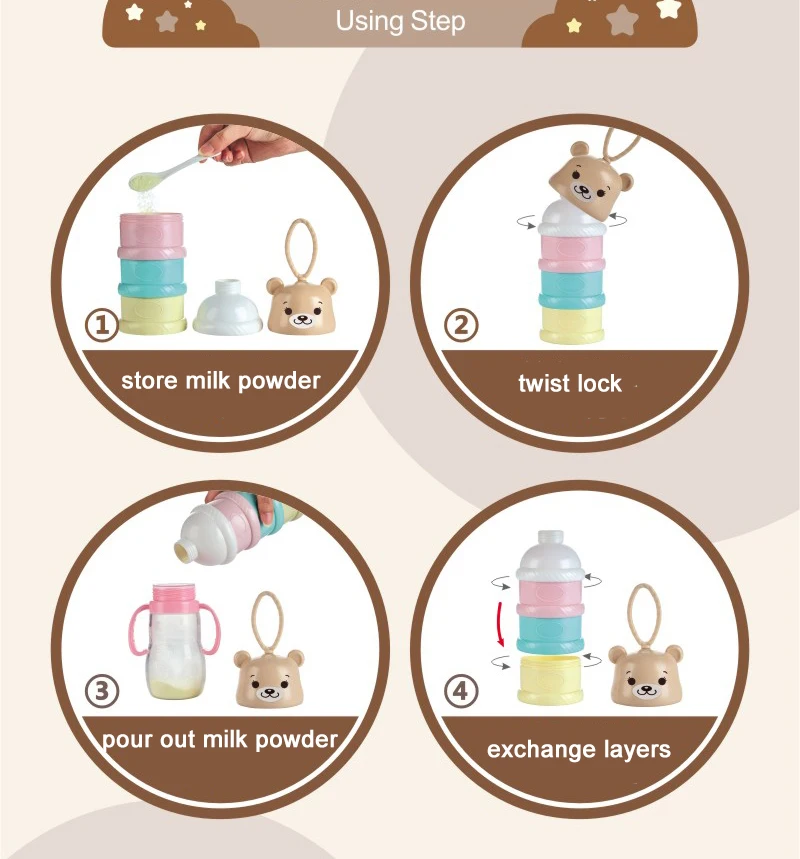 The tray also makes for tidy stacking should you have more than one set. These can be great for dips, condiments, and dressings, as well as lunches, when not using them for baby food.
The tray also makes for tidy stacking should you have more than one set. These can be great for dips, condiments, and dressings, as well as lunches, when not using them for baby food.This comes in a set of four 4-ounce jars that are made with borosilicate glass and have measurements demarcated up to 4 ounces. They come with BPA-free plastic, leak-proof, snapping lids with removable gaskets for ease of cleaning. These jars are oven-safe, can go directly from the freezer to the oven or microwave, and are dishwasher safe as well. They also come in two color choices.
Keep in mind: At nearly $5 a jar, these are a bit more costly, but you get what you pay for. We love these, and so does everyone else: and there isn’t a single customer review that is less than 3 stars.
Good for: When you want to go for top quality and design.
View on Amazon.com ➜
-
8. LOSAND Platinum Silicone Baby Food Storage
(Best silicone set — $$$)
Why it’s great: This set comes with five containers, with four small and one medium sized rectangles. Each one is made of high-grade silicone that is oven, microwave, freezer, and dishwasher safe. They are also BPA, phthalate, and lead free. Each box is a different, vivid color and they are scratch-resistant and won’t discolor with use. The lids seal easily and have leak proof technology that makes them the perfect choice for on the go.
These containers stack easily and the small size is perfectly portioned for baby food. The larger container is great for storing multiple cubes of baby food or anything else that you want. They are sturdy and durable and would work well as lunch containers as your baby gets older too.
Keep in mind: These are a bit pricey considering you only get 5 containers, but they are sturdy, durable, and leakproof, so you’ll get a lot of use out of them long term.

Good for: Parents that prefer silicone to glass or plastic.
View on Amazon.com ➜
-
9. FineDine Superior Glass Baby Food Storage Containers
(Most versatile — $)
Why it’s great: This glass food storage set is easy on the eyes: with a pretty, neutral design. While it’s perfect for baby food with its 4-ounce containers, nothing about it screams ‘BABY’ so they are practical for other uses as well, which means they will serve you long after your baby outgrows baby food. These containers stack and nest beautifully. They also work great for small sides, condiments, dressings, dips, and grown-up lunches.
This set of 6 rectangular dishes is made of sturdy, borosilicate glass, which won’t leach chemicals into your food. What’s more is that you can portion out your food, freeze it, and reheat it in the oven or microwave without ever having to transfer the food.
 When you’re done, just stick it in the top rack of your dishwasher! What could be easier than that? The containers come with BPA-free plastic, snap-locking lids with gaskets that are meant to be removed for cleaning, and provide an airtight, leak-proof lock. The company also provides a 5-year warranty on their products.
When you’re done, just stick it in the top rack of your dishwasher! What could be easier than that? The containers come with BPA-free plastic, snap-locking lids with gaskets that are meant to be removed for cleaning, and provide an airtight, leak-proof lock. The company also provides a 5-year warranty on their products.Keep in mind: Cleaning requires removing the rubber gasket. Be sure to remember to replace the gasket after cleaning to ensure an airtight, leak-proof seal when done.
Good for: When you want containers that will work for baby food and beyond.
View on Amazon.com ➜
-
10. Sage Spoonfuls Tough Glass Baby Food Bowls
(Largest size — $$)
Why it’s great: These food bowls are great for when your growing baby’s appetite begins to get bigger. These glass bowls measure in at 7 ounces apiece, our biggest baby food containers listed here, and come in a set of 4.
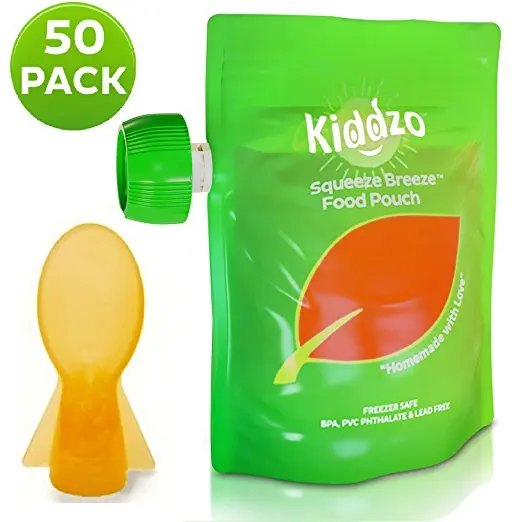 They have super cute designs on the lids, which are made of BPA and lead free plastic, and rubber gaskets to ensure an airtight and leak-proof seal. The super tough bowls are made from thermal shock-resistant borosilicate glass that’s free of BPA, lead, phthalate, and PVC.
They have super cute designs on the lids, which are made of BPA and lead free plastic, and rubber gaskets to ensure an airtight and leak-proof seal. The super tough bowls are made from thermal shock-resistant borosilicate glass that’s free of BPA, lead, phthalate, and PVC.They can go directly from the freezer to the microwave or oven up to 450 degrees Fahrenheit without defrosting. Now that’s convenient. They have a stackable design and other dish sets that coordinate as well. These baby food bowls are microwave, oven, freezer, and dishwasher safe.
Keep in mind: At nearly $5 a jar, these are a little pricier than our other favorites. But when you consider they hold much larger portions, they are worthwhile when your baby no longer gets his fill after just a couple of ounces.
Good for: Parents that want larger containers for their growing baby.
View on Amazon.com ➜
-
11. Baby Brezza Reusable Baby Food Storage Pouches
(Most portable — $)
Why it’s great: These baby food storage pouches are a hit among babies everywhere! Babies just love to suck food out of pouches – it just comes naturally to them. Not only are these a cinch to use, but they also create less mess by eliminating the need for a bowl and spoon. This makes them perfect for busy mornings and on-the-go snacking.
This set comes as a pack of ten 7-ounce, reusable, refillable, plastic pouches. The plastic is food-grade and is BPA, phthalate, and lead free. It’s also freezer safe, washable, and recyclable when they’ve reached the end of their life. They come with plastic screw-on caps and a large zip-lock side opening for ease of cleaning and filling when using the included plastic funnel. In addition, the company backs its product with a 1-year guarantee, which covers all included parts!
Keep in mind: These can be a little tricky or labor-intensive to clean, but rinsing right away should help.
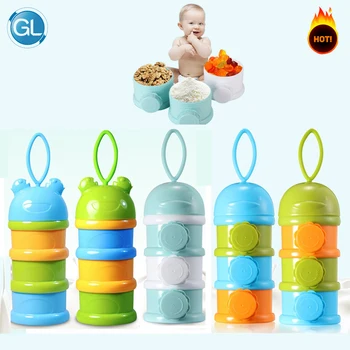 They claim to be dishwasher friendly, but many parents said they have better results just hand washing.
They claim to be dishwasher friendly, but many parents said they have better results just hand washing.Good for: Feeding on the go and little hands that aren’t quite adept at using a spoon yet!
View on Amazon.com ➜
FAQs about Baby Food Storage Containers
-
1. Is plastic safe to use to store baby food?
The issue with using plastic for food storage is that chemicals like BPA and phthalates can leach from the plastic into the food. However, most storage containers that are made specifically for baby food are BPA and phthalate free, making them perfectly safe to use for your baby. As long as you choose one of those, plastic is fine to use. If you still prefer not to, there are other materials you can choose instead, such as glass or silicone.
-
2. What material is best for baby food storage?
This really depends on personal preference. As stated above, as long as you’re choosing plastic that is BPA and phthalate free, it can be a good choice. Glass is another great choice, since you don’t have to worry about any chemicals leaching into the food. But, you do have a higher risk of the glass breaking in an accidental drop. Silicone is another good option for baby food containers, as long as it is food-grade. Which type is best is up to you!
-
3. What size containers are best for baby food?
When your baby first starts eating solids, smaller portions are best. Containers that hold 2-4 ounces are perfect for this stage of your baby’s life. You won’t be wasting too much if they don’t eat it all, but have enough to fill them if they’re extra hungry. As your baby gets older, 6-8 ounce containers would be better, but you can always just heat up two smaller containers if needed.
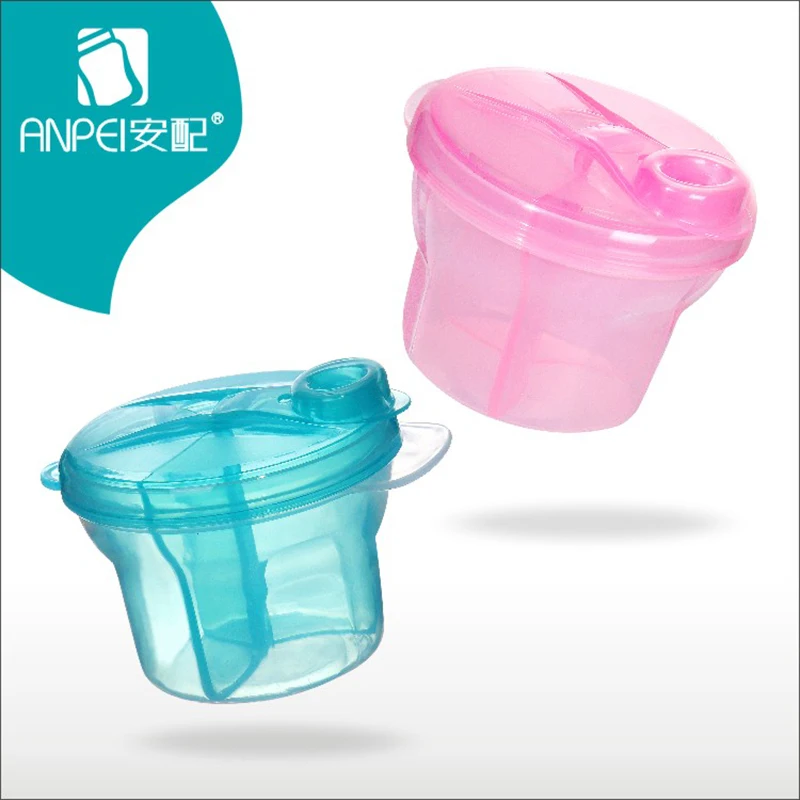 If you choose the bigger containers, you don’t have to fill them all the way either. So there are pros and cons to each size.
If you choose the bigger containers, you don’t have to fill them all the way either. So there are pros and cons to each size. -
4. How long can homemade baby food be stored?
Homemade baby food can be stored in the refrigerator for up to 48 hours and in the freezer for 3-6 months. 3 months is recommended for the most nutritional value, but it is safe for your baby up to 6 months. If you leave your baby food out, it should be thrown out after 2 hours.
-
5. What features should I look for in baby food storage containers?
Besides the material and the safety concerns mentioned above, there are a few features you should look for. If you plan to use the baby food on the go, you’ll want to make sure whatever container you choose is leak proof and either easy to clean or disposable.
 You’ll also want to check if the containers are microwave, freezer, and dishwasher safe. If they’re not microwave safe, you’ll have to remember to defrost the food in the fridge ahead of time and find another way to heat it if necessary. If you want to make a batch ahead of time and store it, the containers will need to be freezer safe. Dishwasher safe is just more convenient. If you plan to have a lot of containers, you may want to have ones that easily stack or nest, so they don’t take up as much room.
You’ll also want to check if the containers are microwave, freezer, and dishwasher safe. If they’re not microwave safe, you’ll have to remember to defrost the food in the fridge ahead of time and find another way to heat it if necessary. If you want to make a batch ahead of time and store it, the containers will need to be freezer safe. Dishwasher safe is just more convenient. If you plan to have a lot of containers, you may want to have ones that easily stack or nest, so they don’t take up as much room. -
6. How often should I replace baby food containers?
For the most part, food storage containers should last for years. If you have glass containers, you’ll want to replace them if they have any cracks or chips. Even if the container doesn’t leak, it’s still a shatter risk or could have a jagged edge. If you have plastic containers, you should replace them if they get warped.
 Stains can also signal a decrease in the integrity of the container. As long as you’re properly cleaning and caring for your containers, they will definitely last through the baby food stage.
Stains can also signal a decrease in the integrity of the container. As long as you’re properly cleaning and caring for your containers, they will definitely last through the baby food stage.
Conclusion
Glass or plastic, jar or pouch, dishwasher or handwashing, microwave or oven, the options abound. There is something for everyone, and now that we’ve helped you narrow it down a bit on how to store your baby food, you can get back to planning and concocting healthy, flavorful food combinations for your hungry little muffin!
7 Best Baby Food Storage Containers (2022 Reviews)
Whether you’re making your own baby food or storing store-bought baby food, you want containers that will keep it fresh and safe from harmful chemicals, prevent freezer burn, and be easy to use and clean.
As baby food storage containers come in all shapes, sizes, prices, and formats, it can be challenging to know which containers are worth buying. But we’ll make it easy for you.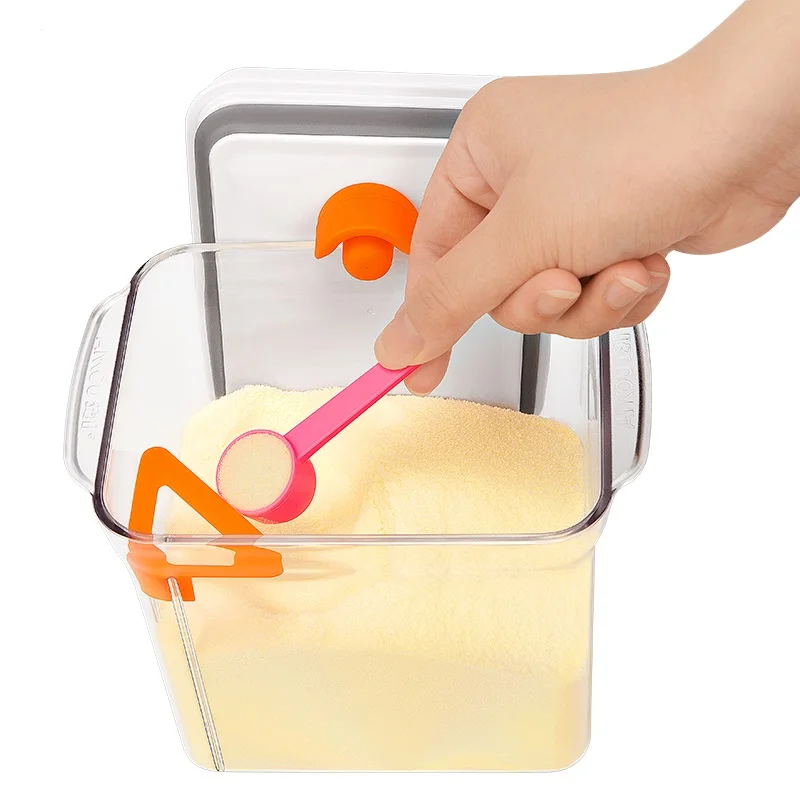 We’ll explain the advantages of the different types of food storage containers and how to use them to store your baby food safely.
We’ll explain the advantages of the different types of food storage containers and how to use them to store your baby food safely.
We’ll even compare the top products and give you our reviews of the best baby food storage containers for storing and freezing homemade baby food purees for use at home or on the go.
Our Top Picks
We love honesty! Mom Loves Best earns a commission through the following hand-picked links at no extra cost to you.
Image
Model
Product Comparison Table
Features
Best Glass Storage
WeeSprout Glass
- Measurements on the container
- Set of 12
- High-grade, food-safe glass
Check Price
Best Budget Pick
Sage Baby
- Lots of jars for a good price
- BPA-, phthalate-, and lead-free
- Reusable
Check Price
Best Freezer Tray
Kiddo Feedo
- Includes baby food e-cookbook
- Silicone is durable
- Tight clip-on lid
Check Price
Best Plastic Containers
Tovla BPA Free Plastic
- Travel size
- Attached, leak-proof lid
- BPA-free plastic
Check Price
Best SnapLock Containers
OXO Tot Baby Blocks
- Includes carrying tray
- Extra-secure lids
- High-quality materials
Check Price
Best Food Pouches
Wee Sprout Reusables
- Extra wide, double-zipper bottom
- Eco-friendly materials
- Multiple sizes available
Check Price
Best Large Containers
Collapsible Silicone
- 3 large sizes to choose from
- Collapsible design
- Airtight lids
Check Price
Table of Contents
- Our Top Picks
- The Best Baby Food Storage Containers of 2022
- Types of Baby Food Storage Containers
- How to Store Baby Food Safely
- Storing Homemade vs.
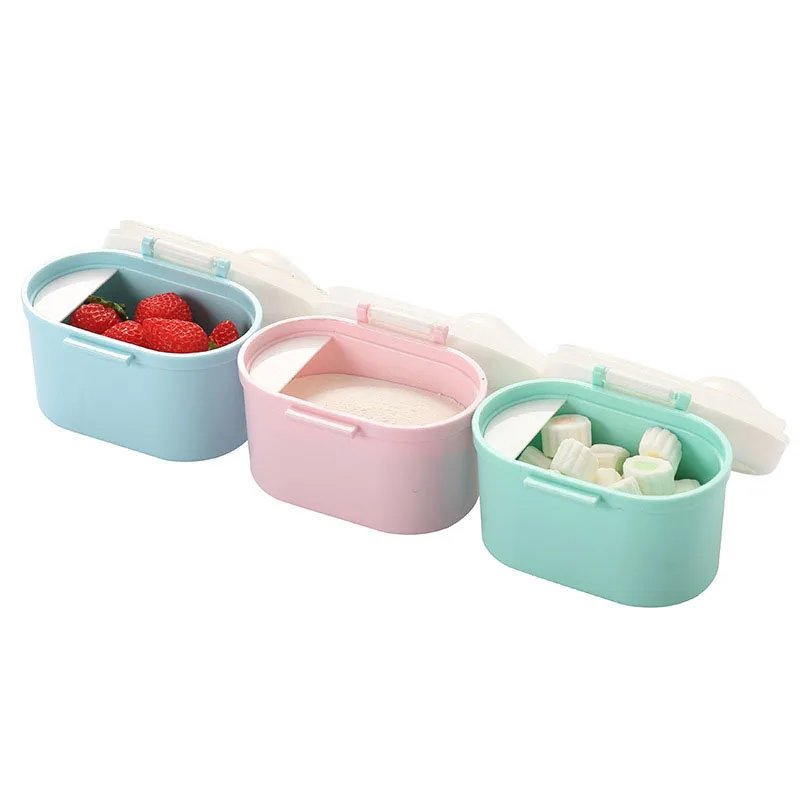 Store-Bought Food
Store-Bought Food - Making Your Own Baby Food
- The Bottom Line
The Best Baby Food Storage Containers of 2022
These are our favorite baby food storage containers.
1. WeeSprout Glass Baby Food Storage Containers
Best Glass Baby Food Storage
View on Amazon
View on Walmart
If you are making baby food for the first time, this glass container set will be a great purchase. We like that it takes the guesswork out of storing baby food and has everything a beginner needs. Glass is also one of the safest materials to work with because it is so easy to clean and sterilize.
Choose from a set of 12 4-ounce or eight 8-ounce microwaveable, dishwasher-safe jars. Each jar includes measurement markings on the side so you can portion your baby’s meals and track how much they eat.
All of the products are 100% BPA-, phthalate-, and PVC-free, so you don’t have to worry about your little one being exposed to questionable chemicals.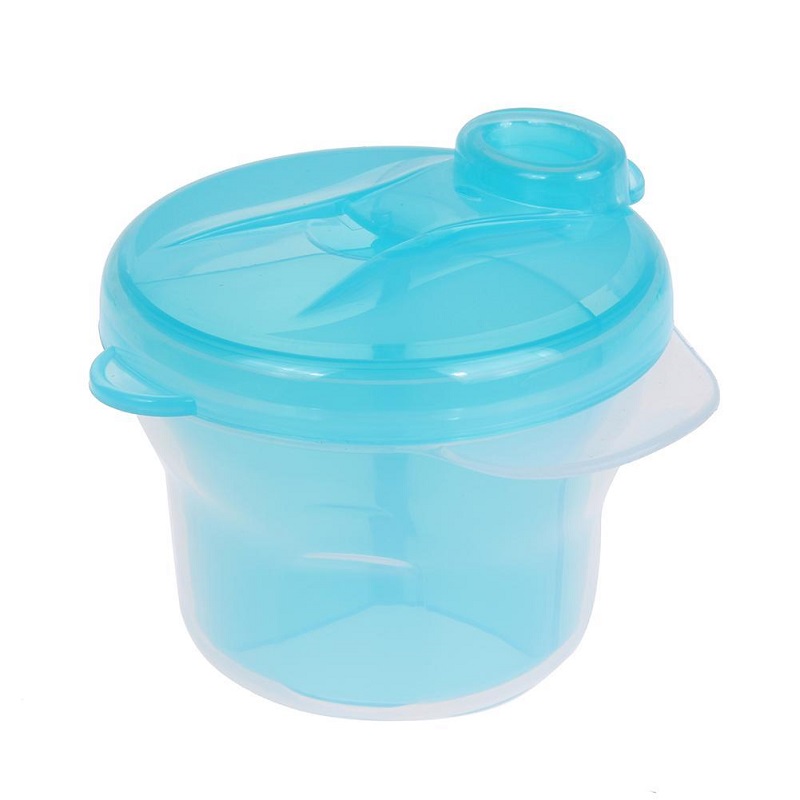
These glass baby food storage containers work best for small-batch baby food prep. If you prefer to make large batches of homemade baby food, you may want to purchase several sets.
Pros
- Set includes 12 4-ounce or eight 8-ounce containers.
- Measurement markings on the container.
- Microwave and dishwasher safe.
Cons
- Jars may crack if introduced to sudden temperatures changes.
2. Sage Glass Baby Food Storage Containers
Best Baby Food Storage Jars
Check Price
Baby food has traditionally been stored in tiny glass jars because jars are portable and strong, and they hold a tight seal.
We searched for the best large-quantity, high-quality set of baby food storage jars to use at home and found this great set from Sage.
The 12 reusable 4-ounce jars are made of glass, are safe to use in the microwave and freezer, and come with tight-sealing lids and a marker.
With 12 jars for one great price, this is an excellent option for moms on a budget who want to make baby food in bulk.
Pros
- Lots of jars for a good price.
- High-quality glass material.
- Reusable.
- BPA-, phthalate-, lead-, and PVC-free.
Cons
- Takes up storage space.
- Prone to breakage.
3. Kiddo Feedo Freezer Tray
Best Freezer Tray for Baby Food
Check Price
Silicone is the king of the freezer! Foods won’t get stuck in silicone molds and will pop out easily. Silicone is washable, stain-resistant, and won’t scratch or scuff over time.
Freezing larger batches of baby food is a popular way to cut down on time in the kitchen for busy moms. This silicone freezer tray makes it easy to make baby food in bulk, then store it in the freezer to use as needed.
Each tray comes with nine food pods that can hold up to 2.5 ounces of food. Each pod has individual measurement markings and a unique clip-on lid that prevents spills, protects against freezer burn, and makes stacking easy.
Purchase several trays in different colors and freeze different food types in different-colored trays to easily decipher which food you’re grabbing at a glance. Once your baby food is frozen, you can leave it covered in the trays in the freezer and pop out a serving whenever you need one. Or transfer the frozen food to zip-top bags so you can reuse the tray.
Once your baby food is frozen, you can leave it covered in the trays in the freezer and pop out a serving whenever you need one. Or transfer the frozen food to zip-top bags so you can reuse the tray.
Our favorite thing about this freezer tray is the downloadable 47-page e-cookbook and instruction guide that comes with your purchase. If you are nervous about storing baby food in the freezer, the cookbook can give you some ideas on the best recipes to use.
Pros
- Includes baby food e-cookbook.
- Silicone is durable.
- Tight clip-on lid.
Cons
- Strong silicone scent.
4. Tovla BPA-Free Plastic Baby Food Containers
Best Plastic Baby Food Containers (BPA Free)
Check Price
Plastic containers have a lot of positives. They are generally less expensive than glass containers, easier to purchase in a wide variety of sizes, and fairly indestructible if your child gets a hold of them.
However, many concerns have been raised about the types of plastics used to make baby food storage containers.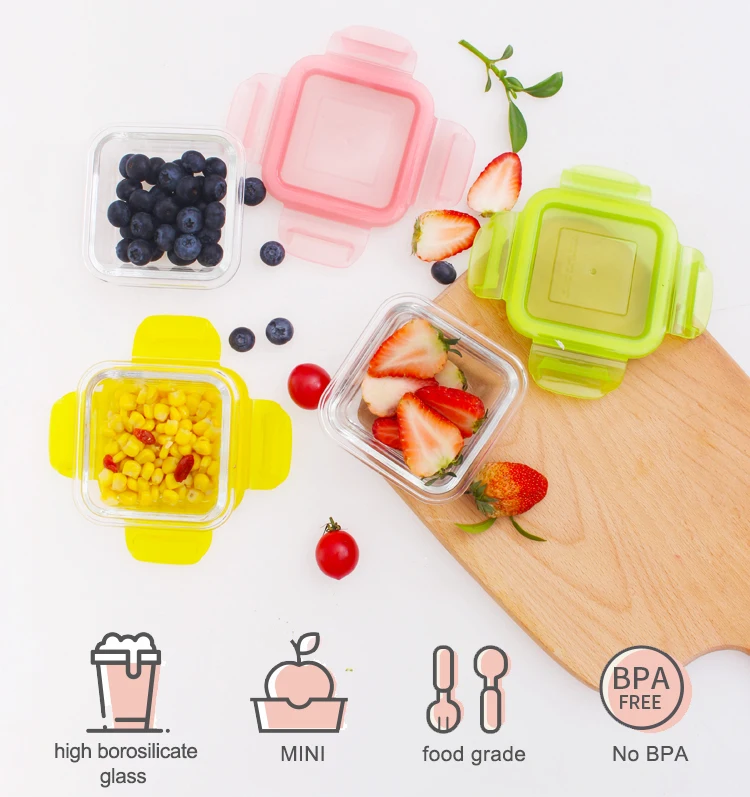 Low-quality plastics can actually leach harmful toxins and chemicals into your food and your baby’s body (1).
Low-quality plastics can actually leach harmful toxins and chemicals into your food and your baby’s body (1).
One of the reasons we like this set from Tovla is because their plastic containers are food-grade safe and free of BPA. If you are a health-conscious mom who wants the convenience of plastic without the fear, this set may be just the thing.
This is the best set for on-the-go moms who may sometimes want to dispose of their baby food storage containers while they are out without breaking the bank. But don’t worry, they’re recyclable!
Each of the 50 plastic containers in the set holds approximately 3 ounces of food. The attached lids hinge and snap closed, meaning you will never lose a lid again.
Pros
- Travel size.
- Attached leakproof lids.
- BPA-free plastic.
Cons
- Not microwaveable.
- The thin plastic can be squashed easily.
5. OXO Tot Baby Blocks
Best SnapLock Baby Food Containers
View on Amazon
View on BuyBuyBaby
View on BedBath&Beyond
View on Walmart
View on HomeDepot
Sometimes you need to take your baby food on the go. Whether you are traveling to another state or just down the street, containers with snap lids add more security so your baby food stays right where it is supposed to be.
Whether you are traveling to another state or just down the street, containers with snap lids add more security so your baby food stays right where it is supposed to be.
We are big fans of these special “baby blocks” storage containers, available in multiple sizes in a single set. They have a range of high-quality features, including BPA-free plastic and airtight, watertight, leak-proof snap lids.
They are freezer and microwave safe, making it even more convenient to feed your baby. What we most appreciate is the included carrying tray.
The carrying tray is made of plastic and holds all the containers. This means you can safely transport all the baby food you need without having to stuff jars in a diaper bag or have them floating about your car. It also keeps them in place if you’re freezing baby food and don’t want the trays tipping before the food is frozen.
Pros
- Includes carrying tray.
- Extra-secure lids.
- High-quality materials.
Cons
- Hard to stack without the tray.

6. Wee Sprout Reusable Food Pouch
Best Food Pouches
Check Price
Does the idea of using food pouches for homemade baby food intimidate you? Many mamas feel that way, thinking a food pouch is something only hip food companies use. However, we think they are an excellent tool for helping children feed themselves and gain some independence.
This double-zippered pouch was designed to make the process easy. The best part is the extra-wide zipper opening on the bottom. Simply unzip the bottom, pour the food in, and seal it.
Because the space to fill it is so large, you don’t have to worry about making a mess when filling it up. One of the biggest concerns we have with food pouches is having food get stuck inside them, but the unique zip-open feature allows water to run right through it, so clean up is a snap.
Pros
- Extra-wide, double-zippered bottom.
- Eco-friendly materials.
- Multiple sizes available.
Cons
- Zippers can be hard to seal.
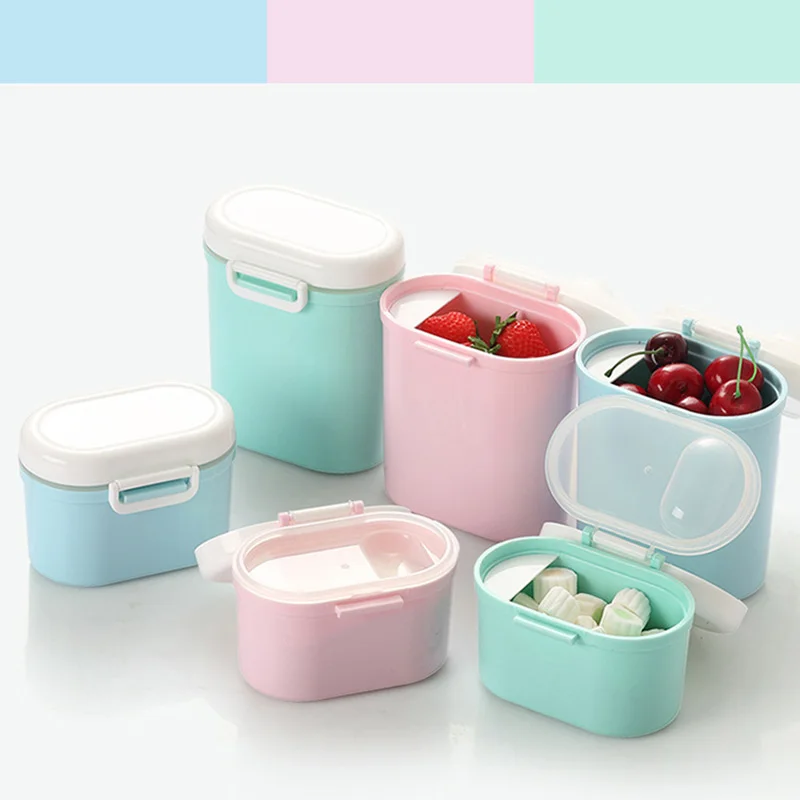
7. Collapsible Silicone Food Storage Containers
Best Large Baby Food Containers
Check Price
If you are a mama who makes baby food in bulk, a large container will save you time. Instead of carefully portioning everything you’ve made into multiple tiny jars, you can put it all in one large container and portion the food out.
These collapsible silicone containers from Wamery are best for baby food storage because they work for many situations. The largest container expands to hold up to 40.5 ounces, but you can convert them to whatever size you need.
The amount of food you need to make may vary depending on your baby’s appetite, health, and growth rate. Use these containers to hold whatever amount of baby food you choose to make, and then store them away easily when you’re done with them.
Pros
- Three large sizes to choose from.
- Collapsible design.
- Airtight lids.
- Made of easy-to-clean silicone.

Cons
- Not designed specifically for baby food.
- No space to mark expiration dates.
Types of Baby Food Storage Containers
There are many types of baby food storage containers available, each designed to help moms. Here is an overview of the types of containers available and some of their benefits.
Glass Baby Food Containers
Glass is a popular choice for baby food jars for a reason. Glass is easy to sterilize, and you don’t have to worry about chemicals leaching into your baby’s food.
Baby Food Storage Jars
While baby food containers come in many shapes and sizes, jars are perfect for those looking to store small amounts of food they can easily carry with them.
Freezer Trays for Baby Food
Do you love making homemade baby food? Then you’ll appreciate the convenience of freezer trays. Freezer trays allow you to make and store homemade baby food for a long time without any hassle.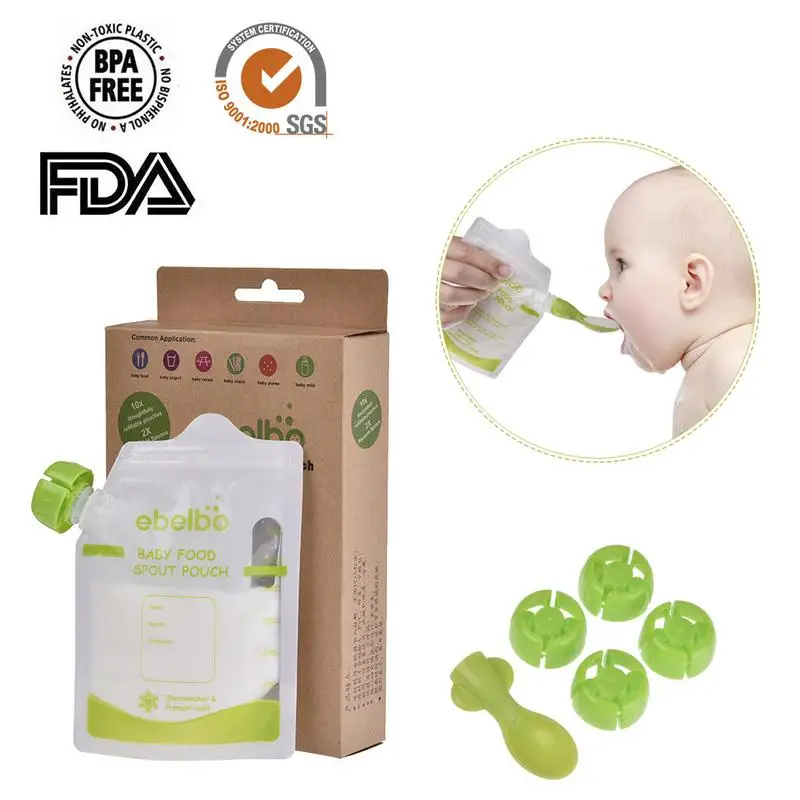
Plastic Containers
Plastic containers are more affordable for moms on a budget. However, you will want to look for plastic containers that are free of BPA and other harmful chemicals.
SnapLock Containers
SnapLock containers are designed for heavy-duty storage and longevity. Food stays fresh thanks to the airtight and waterproof seal.
Food Pouches
Food pouches are fun for both children and adults. Just squeeze and go! Most food pouches don’t require refrigeration, and children can use them to feed themselves.
Large Baby Food Containers
Sometimes you need to make a lot of baby food at once. Large storage containers can help you keep it all contained without spoiling it.
How to Store Baby Food Safely
You don’t have to be a food science expert to figure out how to store baby food safely.
Just follow these six tips (2):
- Never dip a spoon directly into the baby food storage jar: If you dip your baby’s spoon into a jar of baby food, put it into your baby’s mouth, and then place it back in the jar, saliva has now contaminated your baby food.
 If your baby does not finish a jar of food with saliva in it, you should throw it away. The bacteria in the container will continue to grow during storage, causing the food to spoil. Instead, open the jar, pour a little food into a bowl, and feed your baby from that.
If your baby does not finish a jar of food with saliva in it, you should throw it away. The bacteria in the container will continue to grow during storage, causing the food to spoil. Instead, open the jar, pour a little food into a bowl, and feed your baby from that. - Never leave food out for more than two hours: Once a jar of baby food has been opened, you can safely leave it out on the counter for up to two hours at room temperature. After that, bacteria can grow, especially if it is hot and humid. To be safe, we suggest never leaving opened baby food jars out on the counter. Always refrigerate them!
- Opened baby food jars last up to 3 days in the fridge: Make sure you keep the lids on tight and no saliva has gotten into the baby food. Even if it hasn’t been three days and the baby food looks or smells questionable, throw it out.
- Freeze baby food for up to eight months: The amount of time you can store baby food in your freezer depends on what type of food it is.
 Anything with meat or eggs in it can be frozen for up to two months, while fruits and vegetables can last up to eight months. Homemade baby food you’ve pureed yourself generally lasts between two and four months in the freezer.
Anything with meat or eggs in it can be frozen for up to two months, while fruits and vegetables can last up to eight months. Homemade baby food you’ve pureed yourself generally lasts between two and four months in the freezer. - Wash your storage containers thoroughly: No matter what type of storage container you use, wash it carefully with hot soap and water. Food that is stuck inside can spoil and mold.
- Write dates on the jars: Keep track of when you have bought, made, or opened a baby food jar by writing the date on the jar. Many jars come with a spot for a date and time, or you can purchase labels and stickers.
Storing Homemade vs. Store-Bought Food
Do you like to make your own baby food at home? Many moms do. It can be a more affordable, healthy option than factory-made baby food.
However, there are a couple of differences between storing baby food you make at home and baby food you buy in the store.
Most importantly, you need to keep everything clean (3).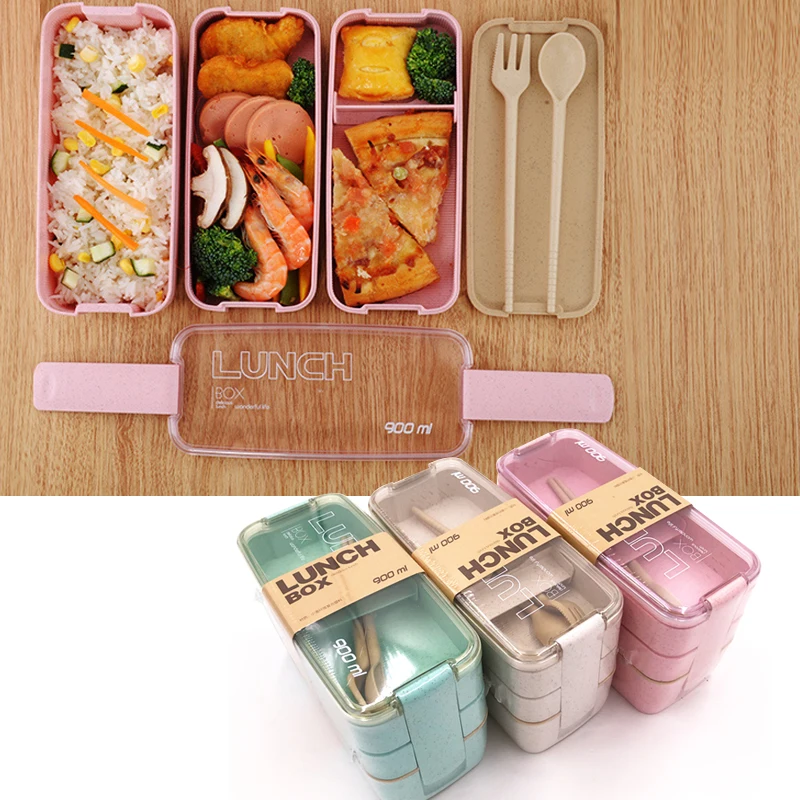 This includes your storage containers, all utensils, and your countertop space. It is also essential you wash your hands before and after the food-making process.
This includes your storage containers, all utensils, and your countertop space. It is also essential you wash your hands before and after the food-making process.
The shelf life of homemade baby food is also generally shorter than that of unopened store-bought baby food. This is because homemade food uses fresh ingredients and contains no preservatives. As a general rule, you should store homemade baby food for as long as you would an opened jar of store-bought baby food.
Making Your Own Baby Food
There are a lot of benefits to making your own baby food. You can control the ingredients and the portion sizes and save some money.
However, a new mom making baby food for the first time can be easily overwhelmed by the process. Did you use the right ingredients? How long will it last? Will your baby hate it and end up throwing most of it on the floor?
We don’t have all the answers, but we think every mom should give it a try! The journey will be one of exploration and experimentation. But it can become a fun experience and a deeper way to feel connected to your child as you move on to the next stage of feeding and begin introducing different foods into their diet.
But it can become a fun experience and a deeper way to feel connected to your child as you move on to the next stage of feeding and begin introducing different foods into their diet.
The Bottom Line
The WeeSprout Glass Baby Food Storage is our pick as the best baby food storage container as they come with everything a mom needs for making and storing her own baby food. Life is hectic enough, and WeeSprout’s simple system of glass jars with airtight lids helps alleviate stress and keeps you and your little one happy.
If you can store your baby food safely in the best storage containers, a new world opens up for you to explore. Taking care of your child by making homemade baby food can be a delightful experience.
Feedback: Was This Article Helpful?
Thank You For Your Feedback!
Thank You For Your Feedback!
What Did You Like?
What Went Wrong?
Storing, freezing and thawing breast milk
Expressed breast milk is the best food for your baby when you are not around. How to store and use breast milk correctly?
How to store and use breast milk correctly?
Share this information
If you go to work, go to the gym or simply ask your partner to feed your baby and you want to get some sleep yourself, you can express breast milk so that the baby can eat even when you are not around. Most of the beneficial properties are retained in expressed breast milk, so if you are forced to skip breastfeeding, it will be a better replacement than any formula. But an important guarantee of the safety of expressed milk for your baby is hygiene. Read the article to learn how to properly store breast milk. nine0003
What is the best way to store breast milk?
Any type of breast milk is better for the baby than formula. But freshly expressed breast milk is better than chilled, and chilled breast milk is better than frozen. The fact is that freshly expressed milk fights bacteria better, it contains more antioxidants, vitamins and fats than chilled or frozen milk 4 .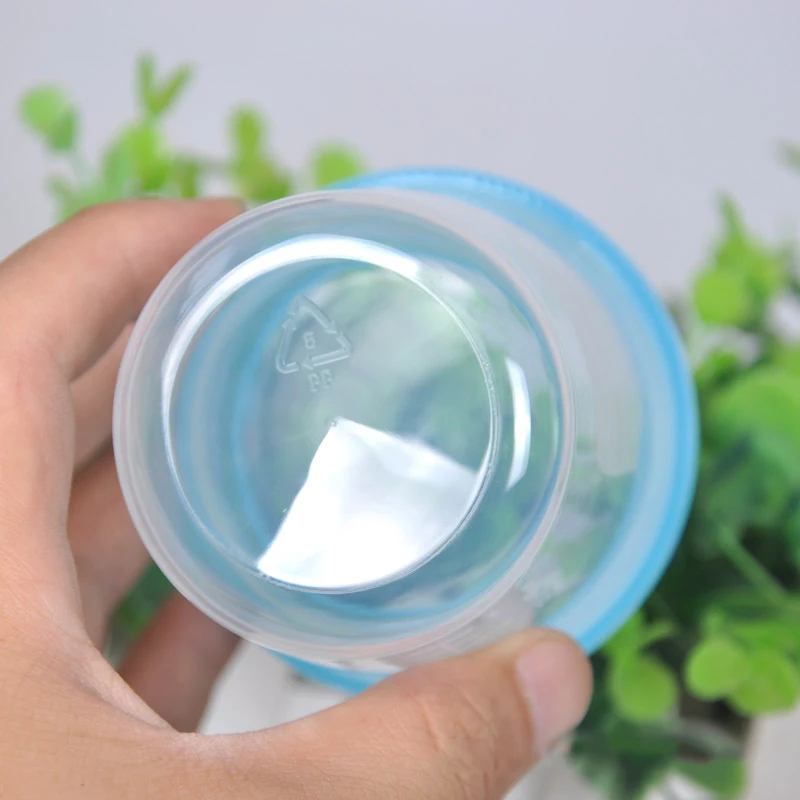
How long expressed breast milk lasts
Once your breast milk is properly collected in a clean container, you can store it at room temperature, in the refrigerator or in the freezer, depending on how soon you plan to use it. Follow the guidelines below:
Recommendations for the storage of expressed breast milk (for healthy term infants) 2, 3
| Storage | Room temperature | Refrigerator | Freezer | Pre-frozen |
| Safe shelf life | Up to four hours Up to six hours for milk expressed under extra clean conditions* | Up to three days Up to five days for milk expressed under extra clean conditions* | Up to six months Up to nine months for milk expressed under extra clean conditions* | Up to two hours at room temperature Up to 24 hours refrigerated Do not freeze again! |
. 0116 . These instructions for storing and thawing breast milk are guidelines only. For more information, contact a lactation consultant or healthcare professional.
0116 . These instructions for storing and thawing breast milk are guidelines only. For more information, contact a lactation consultant or healthcare professional.
If the baby is in the neonatal intensive care unit (NIU) or intensive care unit, stricter cleaning and storage guidelines may apply in accordance with the hospital's internal policies.
Before placing expressed milk in the refrigerator or freezer, be sure to mark the bottles or bags with the amount of milk and the date of expression. This will make it easier to manage your pumped milk supply. nine0003
Recommendations for feeding expressed breast milk
During storage, breast milk usually separates into layers and the fat (cream) it contains rises to the top. Shake the bottle lightly to mix the layers before giving it to your baby. Strong stirring and shaking can destroy some of the nutritional and protective components of breast milk 5 .
When a baby is fed expressed breast milk from a cup or bottle, bacteria from the mouth naturally enters the milk.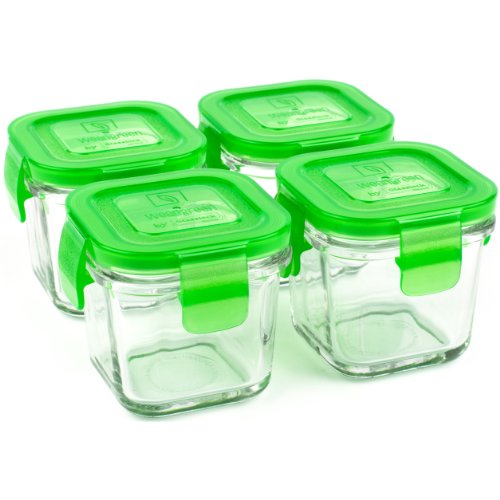 Therefore, it is best to throw out all the unfinished milk one to two hours after the first feeding. In order to waste as little expressed milk as possible, it is best to store it in small portions and use just enough for one feeding 2 .
Therefore, it is best to throw out all the unfinished milk one to two hours after the first feeding. In order to waste as little expressed milk as possible, it is best to store it in small portions and use just enough for one feeding 2 .
How to Store Breast Milk in the Refrigerator
2, 3Follow the guidelines below to safely store expressed milk in the refrigerator.
- Refrigerate breast milk as soon as possible after pumping.
- Store milk in clean BPA-free breast milk bottles or breast milk storage bags. Its long-term effects on the human body are not well understood and manufacturers are now moving away from the use of this chemical in plastic containers and coatings. nine0142
- After pre-cooling, a small amount of expressed milk can be added to the milk container stored in the refrigerator. Do not add warm breast milk to already chilled milk.
- Store breast milk in the coldest part of the refrigerator, on the back of the shelf above the vegetable drawer.
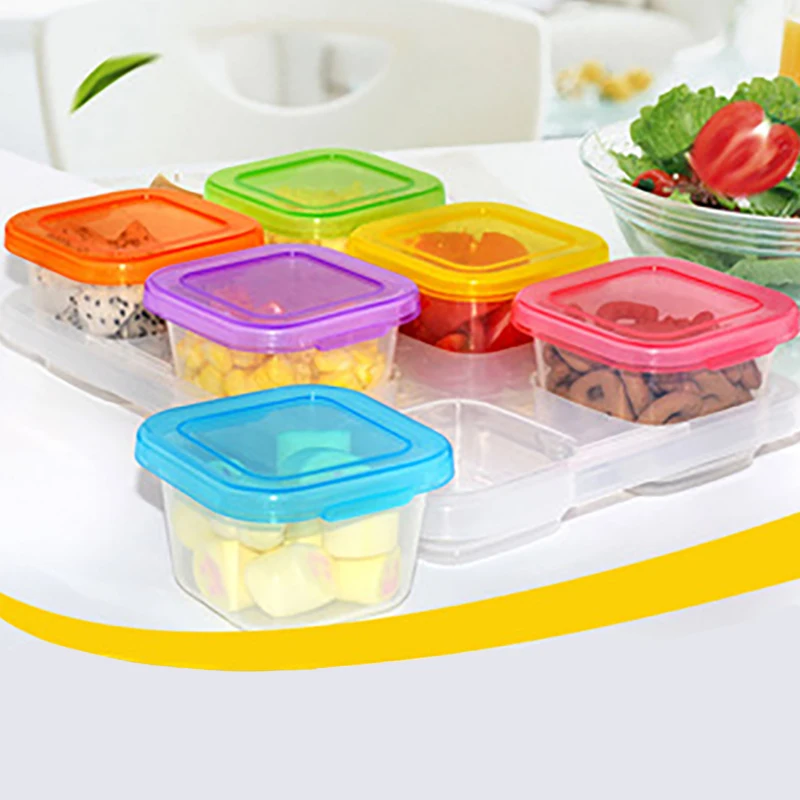 Do not store milk in the refrigerator door where the temperature is not as constant.
Do not store milk in the refrigerator door where the temperature is not as constant.
How to store breast milk in the freezer
2, 3The following are recommendations for the safe freezing of breast milk.
- Freeze breast milk as soon as possible after pumping.
- After pre-cooling, expressed milk can be added to a container of already frozen milk. Do not add warm breast milk to already frozen milk.
- To simplify defrosting and reduce waste, store milk in small portions (less than 60 ml). Once thawed, portions can be mixed. nine0141 Make sure the breast milk container is suitable for freezing: some containers (eg glass bottles) may burst at low temperatures. Medela Breast Milk Storage Bags are ideal for storing frozen breast milk: they are ready to use, cold-resistant and easy to label.
- Do not fill bottles or bags more than 3/4 full as milk expands when frozen.
- Store frozen breast milk in the back of the freezer where the temperature is constant.
 Do not place it against the walls of freezers with automatic defrosting. nine0142
Do not place it against the walls of freezers with automatic defrosting. nine0142
Feeding frozen breast milk
2, 3Follow these guidelines when thawing breast milk to keep it safe for your baby.
- Breast milk can be thawed in the refrigerator, usually takes about 12 hours. You can place the bottle or bag of frozen milk under running warm water (max. 37 °C). Do not thaw breast milk at room temperature.
- Fully thawed breast milk can be stored for up to two hours at room temperature and up to 24 hours in the refrigerator. nine0142
- Do not thaw or reheat frozen breast milk in a microwave oven or in boiling water. This can negatively affect the nutritional and protective properties of breast milk, and due to uneven heating, the baby can burn.
- If, after defrosting, you left breast milk at room temperature, but did not feed it to the baby within two hours, the milk must be discarded.
- Do not refreeze breast milk.

How to warm up expressed breast milk
2, 3Healthy full-term babies can be given breast milk at room temperature or heated to body temperature. Some children care about the temperature of the milk, while others drink milk at any temperature.
- To warm breast milk, place the bottle or bag in a cup, mug or bowl of warm water for a few minutes until the milk is at body temperature (37°C). You can use a bottle warmer. Do not heat milk above 40°C or microwave it to avoid overheating. nine0142
- Slightly shake the milk in the bottle or bag to mix the separated fat (see above). Do not stir or shake the milk too hard.
Why does milk smell strange after storage?
Chilled or thawed breast milk may smell different from fresh
. This is due to the action of lipase, an enzyme that breaks down fats into fatty acids, preventing the growth of dangerous bacteria.
Some mothers report that their milk smells rancid or soapy after storage. But if you followed all the recommendations for safe storage given in this article, such milk is absolutely safe 2 .
But if you followed all the recommendations for safe storage given in this article, such milk is absolutely safe 2 .
Storing breastmilk on the go
If you need to transport your breastmilk from work to home or nursery, use the cool bag with ice packs 2 . For more information on pumping and storing breastmilk on the go, see the article on pumping on the go.
Literature
1 US Food & Drug Administration. Using a breast pump. [Internet]. Silver Spring, MD, USA: US Department of Health and Human Services; 2018 [updated 2018 Feb 04; cited 2018 Apr 12] Available from: www.fda.gov/MedicalDevices/ProductsandMedicalProcedures/HomeHealthandConsumer/ConsumerProducts/BreastPumps/ucm061944.htm
2 US Food and Drug Administration. "Instructions for using the breast pump". [Internet] Silver Spring, Maryland, USA: Department of Health and Human Services; 2018 [updated February 4, 2018; cited April 12, 2018] Article referenced: www.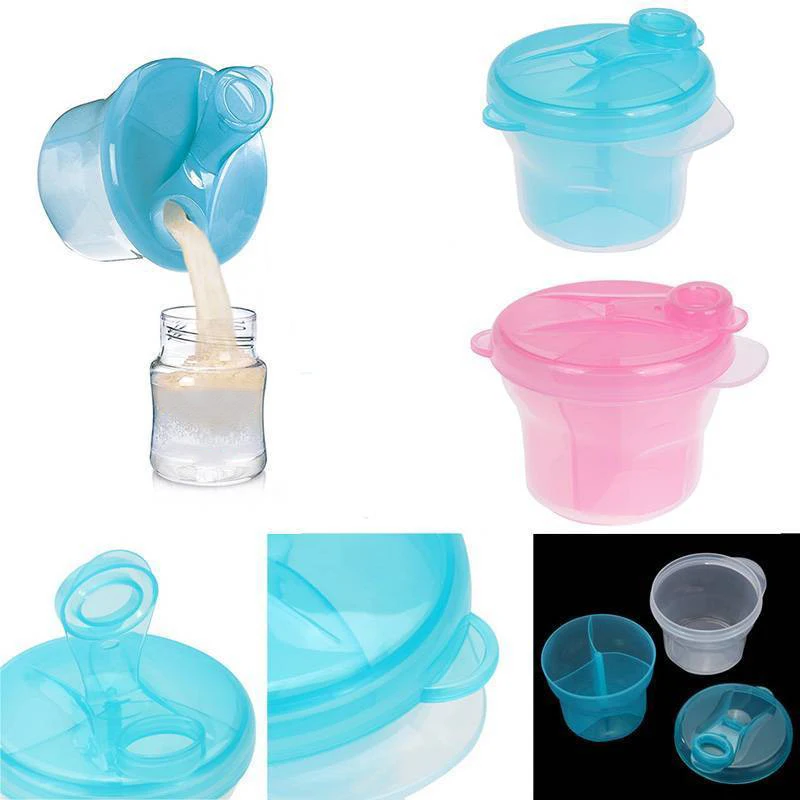 fda.gov/MedicalDevices/ProductsandMedicalProcedures/HomeHealthandConsumer/ConsumerProducts/BreastPumps/ucm061944.htm
fda.gov/MedicalDevices/ProductsandMedicalProcedures/HomeHealthandConsumer/ConsumerProducts/BreastPumps/ucm061944.htm
3 Eglash,A., Simon,L., & The Academy of Breastfeeding Medicine. ABM clinical protocol #8: human milk storage information for home use for full-term infants, revised 2017. Breastfeed Med 12, (2017). - Eglash A, Simon L and Academy of Breastfeeding Medicine, AVM Clinical Protocol #8: Home Storage of Milk for Term Infants 2017 Revision. Brestfeed Med (Breastfeeding Medicine) 12 (2917).
4 Human Milk Banking Association of North America. 2011 Best practice for expressing, storing and handling human milk in hospitals, homes, and child care settings. (HMBANA, Fort Worth, 2011).- North American Breast Milk Banks Association. Fort Worth: SABGM; 2011.
5 García-Lara NR et al. Effect of freezing time on macronutrients and energy content of breastmilk. Breastfeeding Medicine. 2012;7(4):295-301. - Garcia-Lara N.R. et al., "Effect of Freezing Duration on Macronutrients and Energy in Breast Milk". Brestfeeding Honey (Breastfeeding Medicine) . 2012;7(4):295-301.
Breastfeeding Medicine. 2012;7(4):295-301. - Garcia-Lara N.R. et al., "Effect of Freezing Duration on Macronutrients and Energy in Breast Milk". Brestfeeding Honey (Breastfeeding Medicine) . 2012;7(4):295-301.
6 Office on Women’s Health. Pumping and storing breastmilk. [Internet]. Silver Spring, MD, USA: US Department of Health and Human Services; 2018[updated 2018 Jan 12; cited 2018 Apr 12] Available from: www.womenshealth.gov/breastfeeding/pumping-and-storing-breastmilk
7 Office of Women's Health, "Pumping and Storing Breast Milk" [Internet]. Silver Spring, MD, USA: US Department of Health and Human Services, 2018 [updated January 12, 2018; cited April 12, 2018] Article Link: www.womenshealth.gov/breastfeeding/pumping-and-storing-breastmilk
Warning: BPA! | OFA
The chemical BPA (bisphenol-A) has been used as a curing agent in the production of polysulfones and polycarbonate plastics for half a century. Various plastic products are made from them: baby bottles, water and beverage bottles, storage containers, dishes, medical instruments, sports equipment, adhesives and household appliances.
Various plastic products are made from them: baby bottles, water and beverage bottles, storage containers, dishes, medical instruments, sports equipment, adhesives and household appliances.
In addition, BPA is used in the production of thermal paper for cash receipts, receipts, tickets, stickers and labels, in the manufacture of newspapers and other paper products. Interestingly, a person dealing with banknotes receives nanograms of bisphenol-A daily. BPA gets into money through contact with cash receipts, so it is better to abandon the habit of putting money and checks together after visiting the store. nine0003
In addition, BPA is one of the main components of epoxy resins, which coat the inside of almost all cans in the food industry. This coating protects drinks and food from interaction with tin, preventing metal corrosion.
However, many studies prove that bisphenol-A is a toxic substance that is harmful to our health. Common products such as canned fruits, vegetables and mushrooms, canned meat and fish, pâtés, soups, canned baby food, and canned drinks showed very high levels of BPA.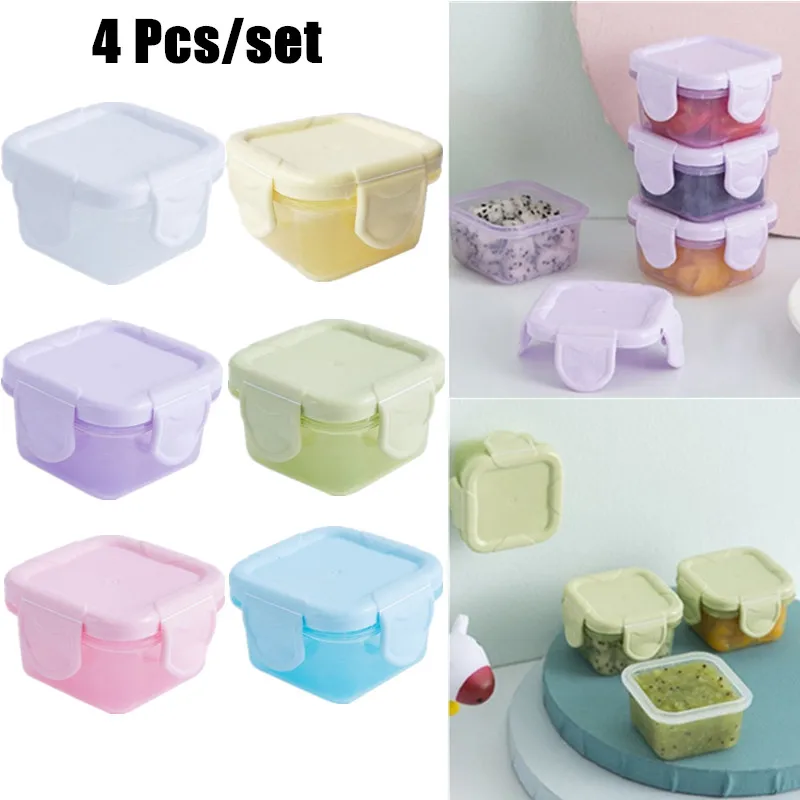 Of particular danger are canned foods containing tomato products (tomato paste, tomato sauces and soups), as they oxidize the protective coating and perfectly absorb bisphenol-A. nine0003
Of particular danger are canned foods containing tomato products (tomato paste, tomato sauces and soups), as they oxidize the protective coating and perfectly absorb bisphenol-A. nine0003
As a result of numerous studies, this substance has been associated with the occurrence of a number of diseases. By its structure, bisphenol-A is a synthetic analogue of estrogen. It behaves in the body like female sex hormones, having a negative impact on the reproductive system of both women and men. This harmful additive is especially dangerous for unborn children if a pregnant woman eats food contaminated with BPA. There is a high risk of brain retardation, autism and even cancer in young children. BPA can influence behavior, cause neurological problems, obesity, brain damage, diabetes, cardiovascular disease, cancer and other serious health problems. When food is heated or stored for a long time in BPA containers, the harmful chemical passes from the plastic into the food. But worse, BPA tends to accumulate, thereby exacerbating its harmful effects. nine0003
nine0003
Due to the widespread use of BPA, it is almost impossible to completely exclude its entry into the body. And yet, how to reduce exposure to bisphenol-A?
- Instead of canned food, it is better to buy fresh or frozen food.
- Try to choose foods and drinks that are safely packaged in glass or paper.
- Food and beverages packaged in plastic and cans must be labeled BPA-free or BPA-free. nine0142
- Do not heat food in plastic containers.
- Do not put hot food in plastic utensils, especially old and scratched ones.
- Renew baby bottles at least once a month.
- Keep receipts, tickets and money away from children.
- Wash hands thoroughly with soap and water after handling suspicious items. Keep in mind: hand sanitizers speed up the absorption of BPA.
And to neutralize and protect the body from the damaging effects of BPA, it is useful to consume high-quality probiotics, fermented foods (homemade pickled vegetables, natural organic fermented milk products, kimchi, etc.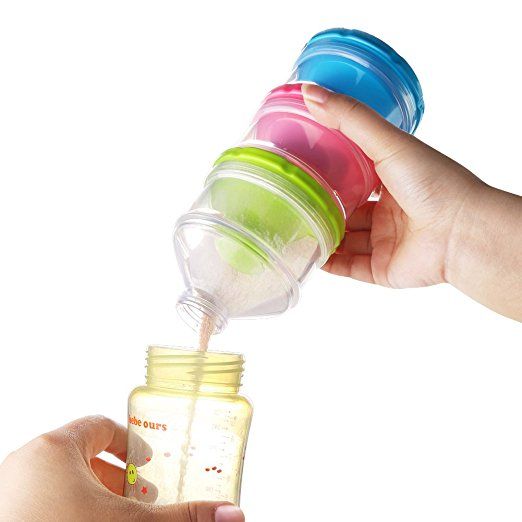 ), as well as black tea, royal jelly and the flavonoid quercetin. These foods will help the beneficial bacteria in our gut break down BPA and reduce its absorption. nine0003
), as well as black tea, royal jelly and the flavonoid quercetin. These foods will help the beneficial bacteria in our gut break down BPA and reduce its absorption. nine0003
The problem is that while the ban on the use of BPA is not in all countries and it applies mainly to baby bottles and nipples. In Russia, the maximum permissible concentration of bisphenol-A in products has not even been established. There is only a standard for its content in water.
Manufacturers of traditional plastics are trying in every way, including research funding, to level the dangers of BPA. In addition, the vast majority of packaging manufacturers are in no hurry to abandon the cost-effective bisphenol-A. nine0003
Until recently, almost all food manufacturers used cans coated with BPA. After the disclosure of the facts about the harmfulness of this substance, more and more companies began to look for ways to package their products in a safe container. They say that the widespread transition to harmless packaging will take some time, according to some sources, more than five years, according to others - about ten.